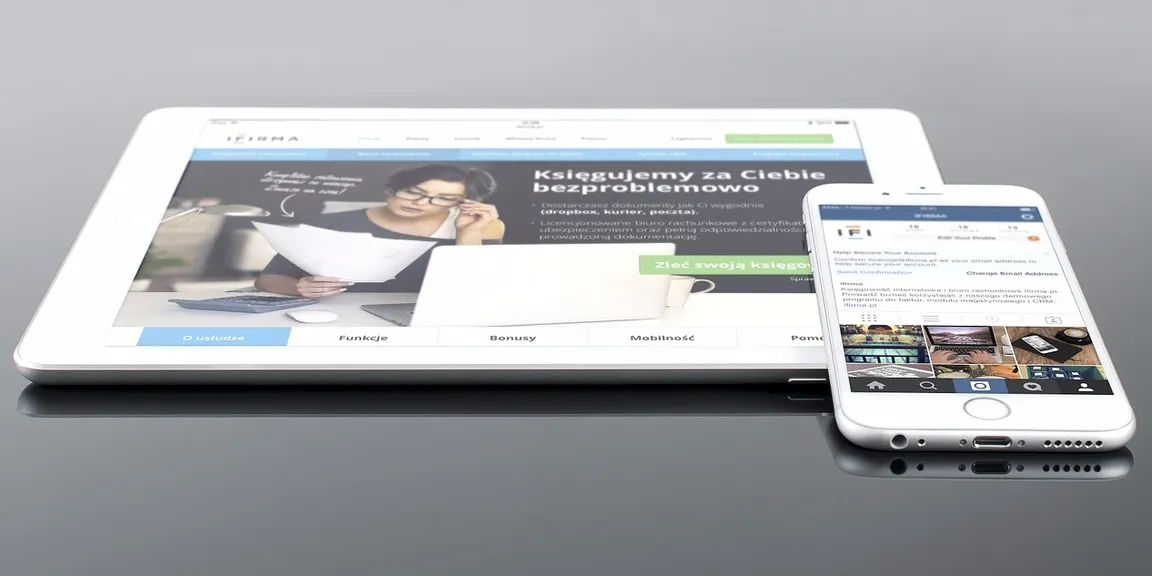

Six things customers need from you before buying your products

We are living in the digital era where people can buy different product online without even leaving their favorite chair. So online merchants should adapt to the new realities and keep up with the trends to be head and shoulders above the competition.
There are numerous advanced tips on conversion optimization techniques available on the Internet, and the rush to implement all of the at once makes merchants forget about the basics. So this article is like a reminder for you that sometimes it is important to step back and look at your store as if you are a fresh user. This way you will understand how important the following elements are as well as the best ways to present them on your site. Grab a coffee and follow me!
1. Product Images
Yes, they are vitally important. You should make sure that your product images:
- illustrate how an item looks like and how it can be used;
- are of high quality;
- can be easily found on the page.
It’s also a good idea to enable photo reviews, i.e. let real clients post their images of your products.
2. Price
This one is tricky. Of course, you understand that a price needs to be on the page. But some merchants neglect the way it is displayed. For example, sometimes a client needs to specifically look for a price as it might be hidden somewhere on the page. This is not how seamless user experience looks like.
3. Product Description
How product description looks like greatly depends on the type of products you are selling. But the following things are obvious:
- the description should provide technical aspects;
- it must show the way your product can be used;
- as well as how your product solves a particular problem.
The latter is quite interesting. The real reason why a potential customer even starts to look for products you are selling is that she has faced a problem and needs to solve it. It may not be a global problem; just a question “What should I wear on my Birthday party” is enough. So if you succeed in addressing a customer’s needs, she’ll buy your goods.
4. Customer Testimonials
A big drawback of buying online is that you cannot touch or smell the items; you have to rely on the information written on your screen. Providing customer testimonials is a good way to smooth over these downsides.
5. Payment Information
Do you accept PayPal? Credit and Debit cards? This should be clearly stated either on a product page or on a separate URL where all payment options available in your store are listed along with the descriptions. The more ways of payment you offer, the better.
6. Delivery Information
The most important information on delivery terms and options as well as different shipping promotions may be found on a product page. For instance, “free worldwide delivery”, “free delivery on first order” and similar promos are treated as competitive advantages, so it would be unwise to hide them somewhere deep on your site.
However, more detailed delivery details deserve a separate page. There you should mention:
- which countries are covered by your delivery network. It would be really disappointing for a client to pay for her order just to find out you don’t ship to her country;
- delivery costs for different regions (if applicable).
Additionally, estimated delivery times for different shipping methods can be shown on a checkout page.
Wrapping Up
In many case “back to basics” like articles have an eye-opening effect and help to notice important drawbacks and improve them. I hope that the listed points will be useful for you.

